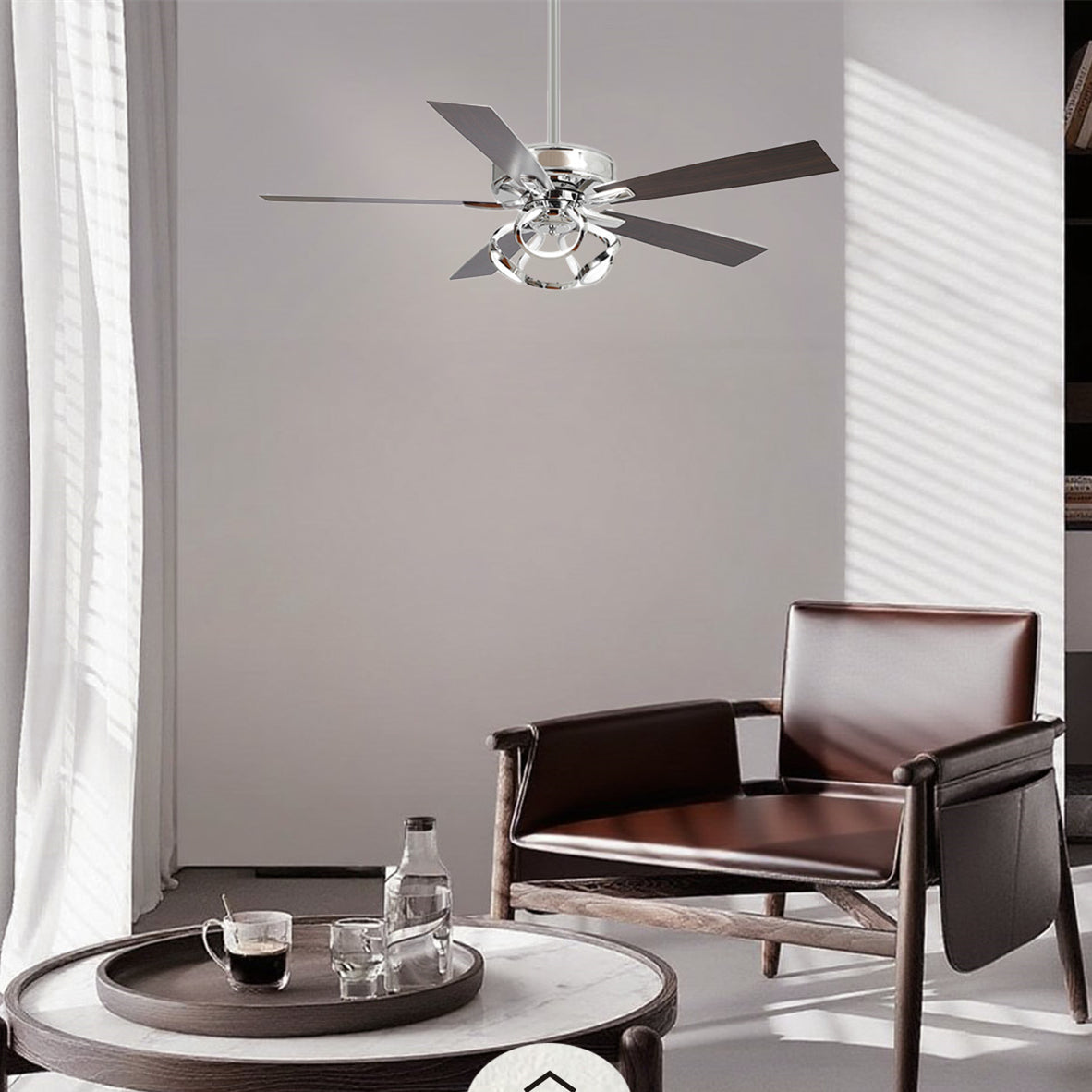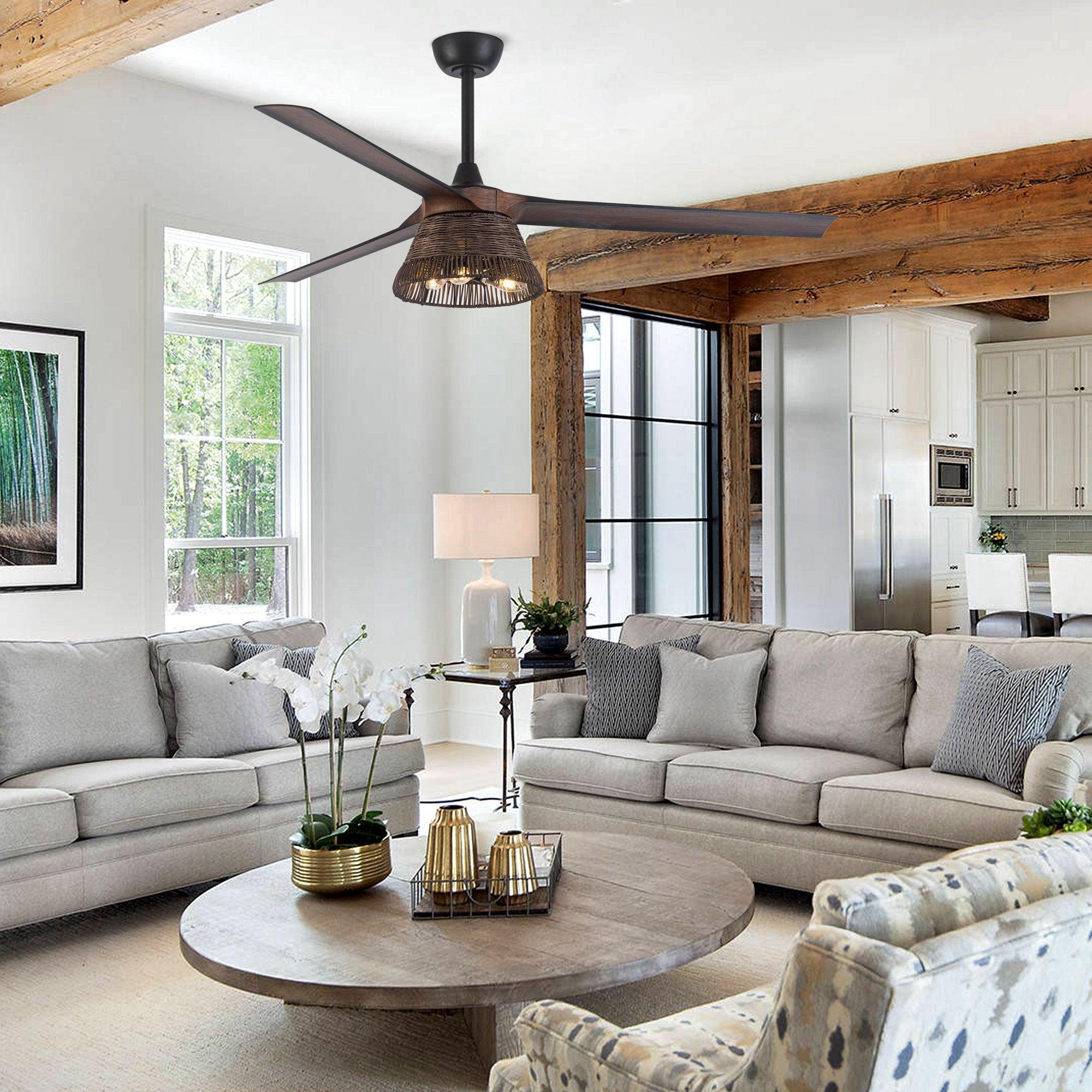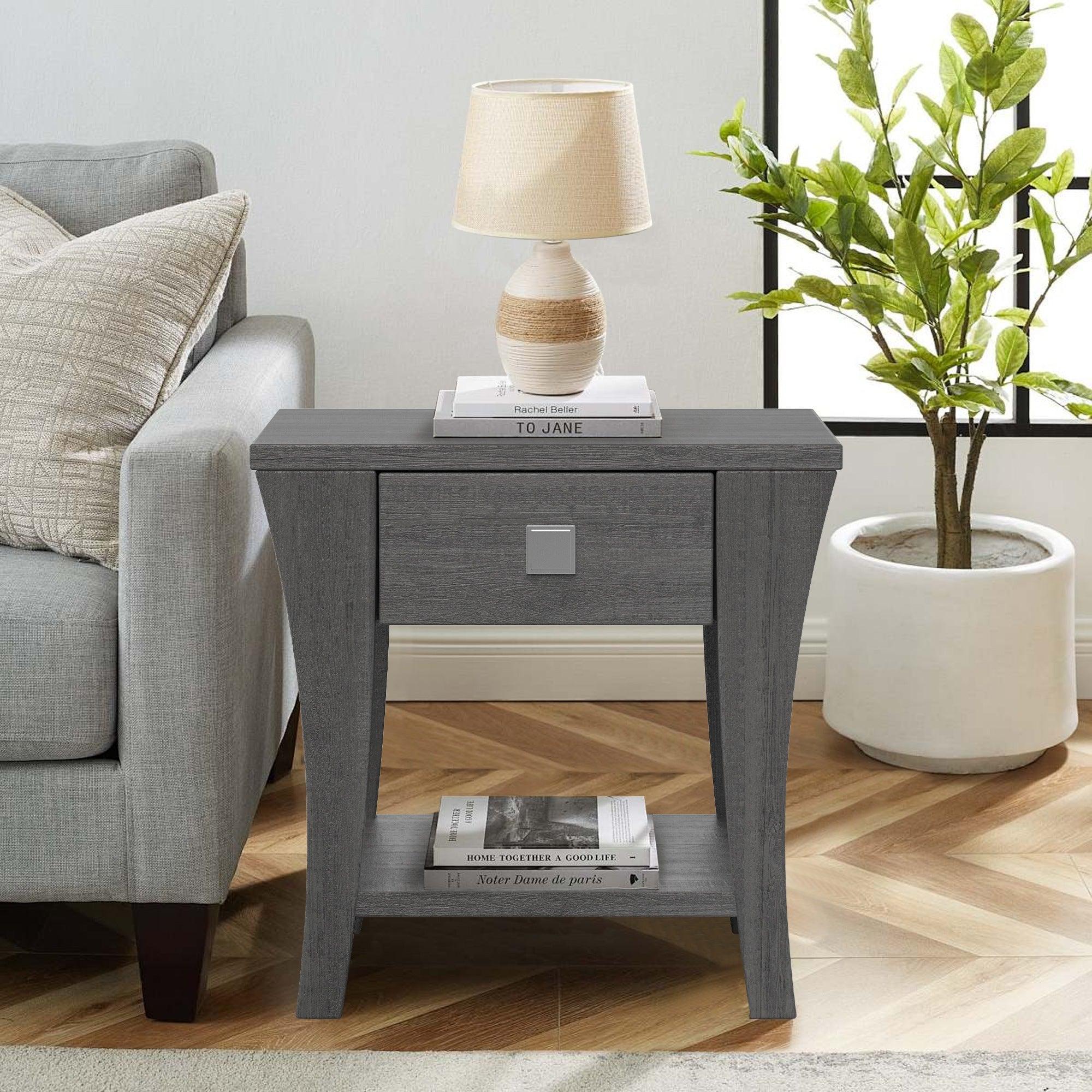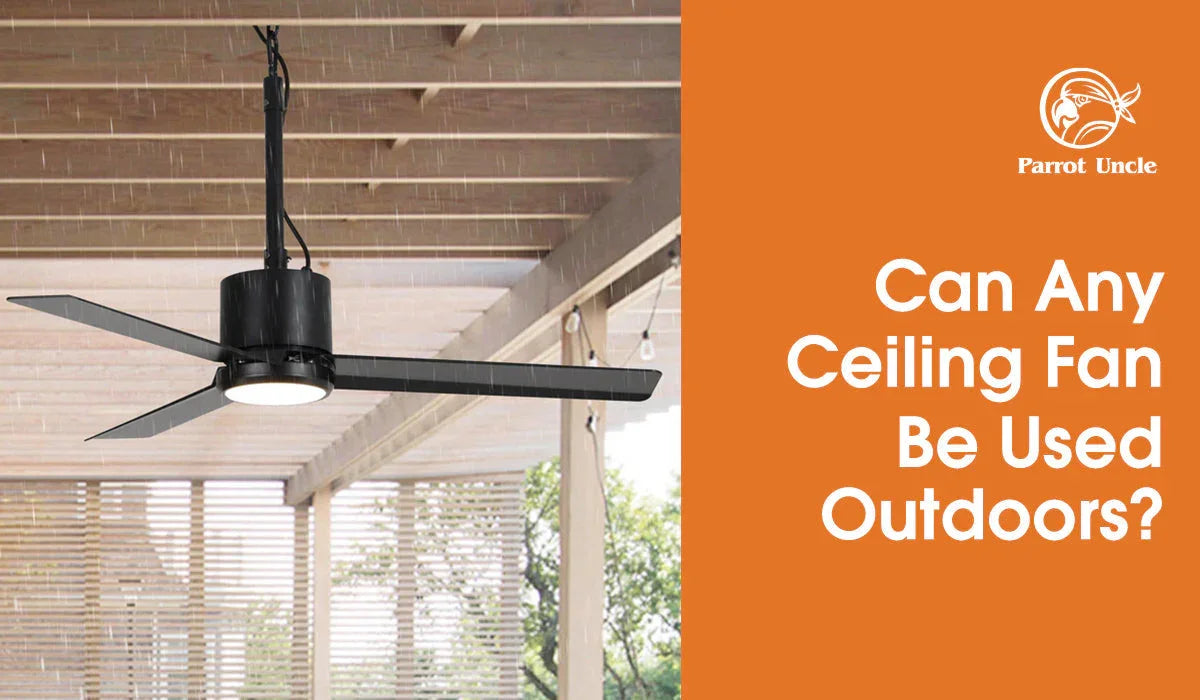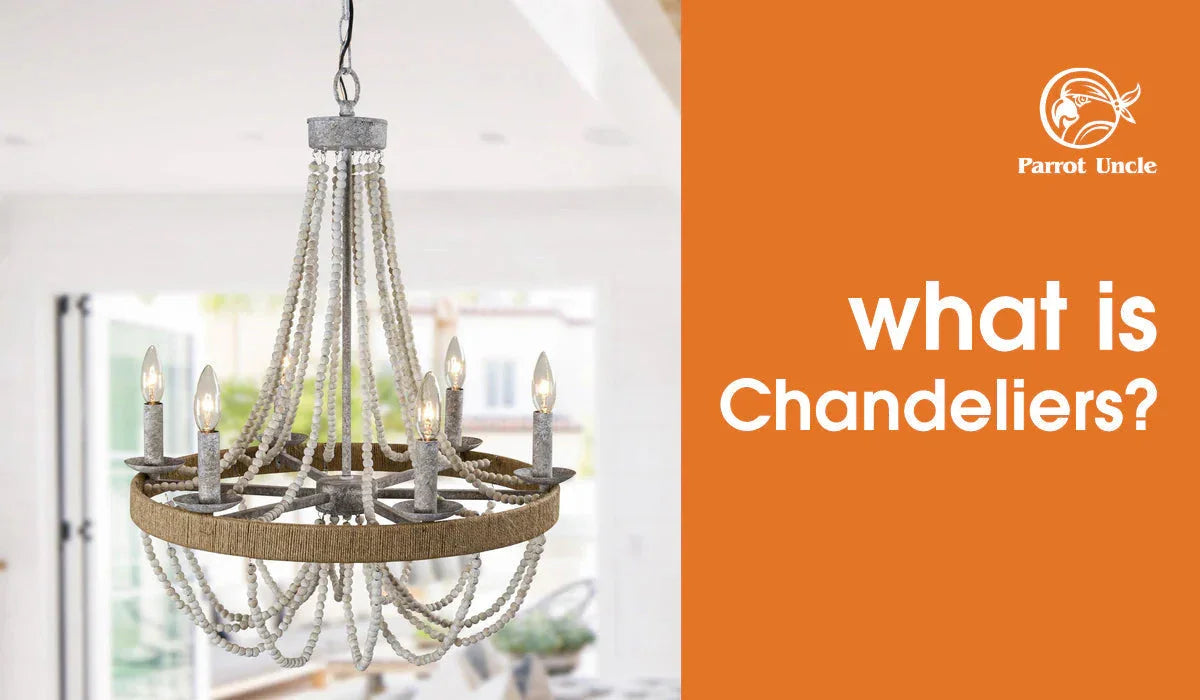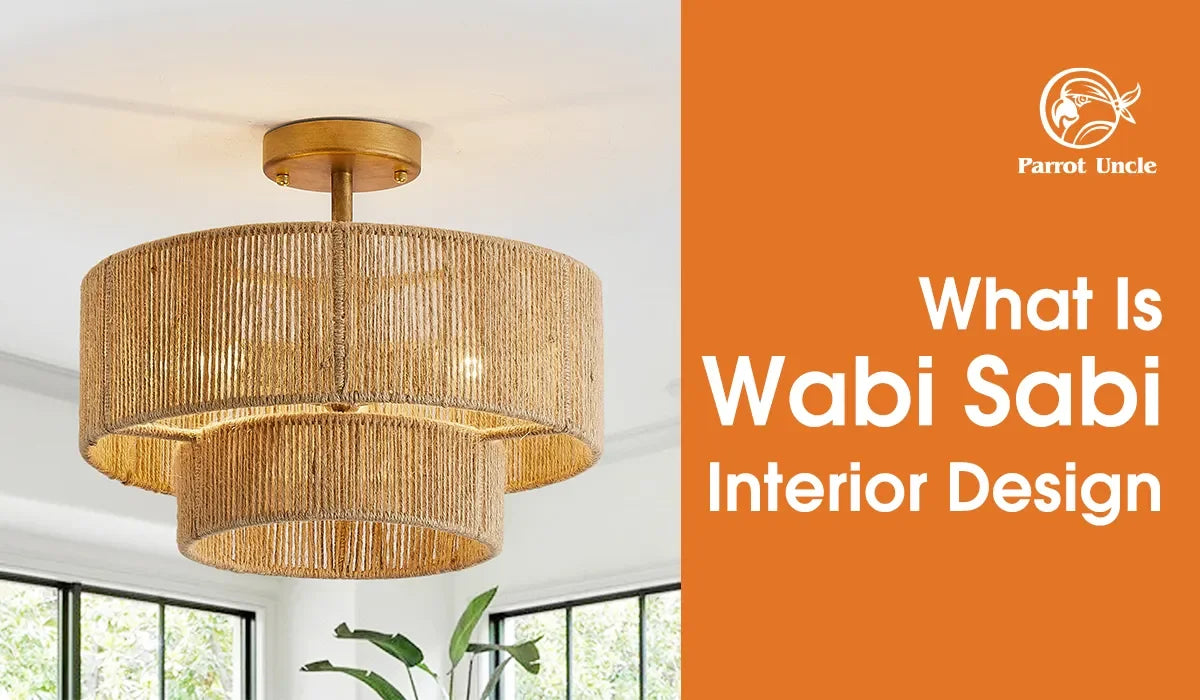Are you dreaming of relaxing on your porch, enjoying a gentle breeze created by a ceiling fan? But you might be wondering, can you just grab any ceiling fan and install it outdoors? The answer, unfortunately, isn't a simple "yes." Using the wrong type of fan can lead to safety hazards, premature failure, and a lot of wasted money. In this comprehensive guide, we'll delve into the crucial differences between indoor and outdoor ceiling fans, helping you choose the perfect one for your open-air oasis.
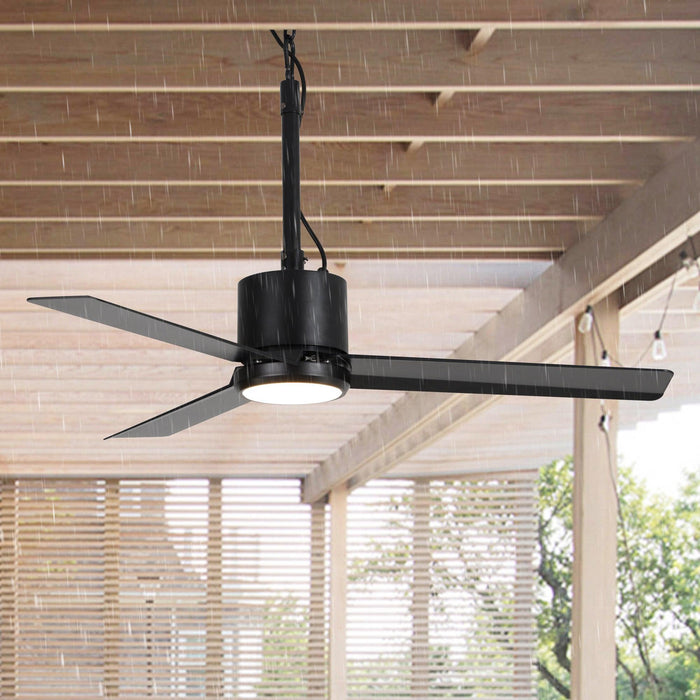
Why the Buzz About Indoor vs. Outdoor Ceiling Fans?
Before we dive into the nitty-gritty, let's address the elephant in the room: why can't you simply use any ceiling fan outdoors? The key lies in the design and materials used in manufacturing. Indoor ceiling fans are primarily designed for dry environments. They lack the necessary protection against moisture, humidity, and the elements. Outdoor ceiling fans, on the other hand, are built to withstand these harsh conditions.
Think about it this way: would you wear a delicate silk dress in a rainstorm? Probably not. Similarly, exposing an indoor ceiling fan to the elements is a recipe for disaster.
Understanding the Key Differences: Built to Last Outdoors
So, what exactly sets outdoor ceiling fans apart from their indoor counterparts? Several key features contribute to their enhanced durability and safety:
1. Moisture Resistance: The MVP of Outdoor Durability
This is arguably the most crucial difference. Outdoor ceiling fans are specifically designed to resist moisture damage. They typically feature:
- Sealed Motors: These prevent water from entering the motor housing, which is essential for preventing corrosion and electrical hazards.
- Waterproof Wiring: Special coatings and seals protect the wiring from moisture, reducing the risk of short circuits.
- Rust-Resistant Hardware: Outdoor fans use stainless steel or other rust-resistant materials for all exposed hardware, preventing unsightly rust and ensuring structural integrity.
The National Electrical Manufacturers Association (NEMA) provides enclosure type ratings, which are crucial for understanding a fan's moisture resistance.Look for fans with a NEMA rating of at least 4 or 4X for outdoor use. These ratings indicate that the fan is protected against splashing water, rain, and hose-directed water.
2. Materials: Standing Up to the Elements
The materials used in outdoor ceiling fans are carefully selected to withstand the rigors of outdoor environments. Common materials include:
- All-Weather Blades: These blades are typically made from ABS plastic, acrylic, or specially treated wood composites that are resistant to warping, cracking, and fading.
- Powder-Coated Finishes: Powder coating provides a durable, weather-resistant finish that protects the fan's metal components from corrosion.
- UV-Resistant Components: Exposure to sunlight can cause plastic and other materials to degrade over time. Outdoor fans often incorporate UV-resistant additives to prolong their lifespan.
3. Safety Features: A Top Priority
Safety is paramount when it comes to electrical appliances, especially those used outdoors. Outdoor ceiling fans incorporate several safety features to protect users:
- Grounding: Properly grounding the fan is essential for preventing electrical shocks.
- Wet Location Listing: This certification indicates that the fan has been tested and approved for use in wet locations, where it may be directly exposed to water. Look for the "UL Wet Rated" mark.
- Safety Cables: Some outdoor fans include safety cables that provide an extra layer of protection, preventing the fan from falling in the event of a mounting failure.
Important Note: Always consult with a qualified electrician when installing any electrical appliance, especially outdoor ceiling fans.
Indoor Ceiling Fans Outdoors: The Risks You Need to Know
Using an indoor ceiling fan outdoors might seem like a cost-effective solution, but it's a risky proposition. Here's why:
- Electrical Hazards: Moisture can penetrate the fan's motor and wiring, creating a serious risk of electrical shock.
- Premature Failure: Exposure to the elements can quickly degrade the fan's components, leading to premature failure and costly repairs.
- Voided Warranty: Using an indoor fan outdoors will likely void the manufacturer's warranty.
- Structural Damage: Warping, cracking, and corrosion can compromise the fan's structural integrity, potentially leading to a dangerous collapse.
- Mold and Mildew: The constant exposure to moisture will allow mold and mildew to grow on the fan.
Decoding UL Ratings: Wet vs. Damp Locations
Understanding UL (Underwriters Laboratories) ratings is crucial when selecting a ceiling fan for outdoor use. There are two primary ratings to consider:
- Wet Rated: This rating indicates that the fan is suitable for direct exposure to water, such as rain or snow. These fans are designed with sealed motors, waterproof wiring, and corrosion-resistant materials.
- Damp Rated: This rating indicates that the fan is suitable for use in damp locations, such as covered patios or porches where it is protected from direct rainfall. Damp-rated fans are not designed to withstand direct exposure to water.
The U.S. Department of Energy (DOE) emphasizes the importance of selecting the correct UL rating to ensure safety and longevity.
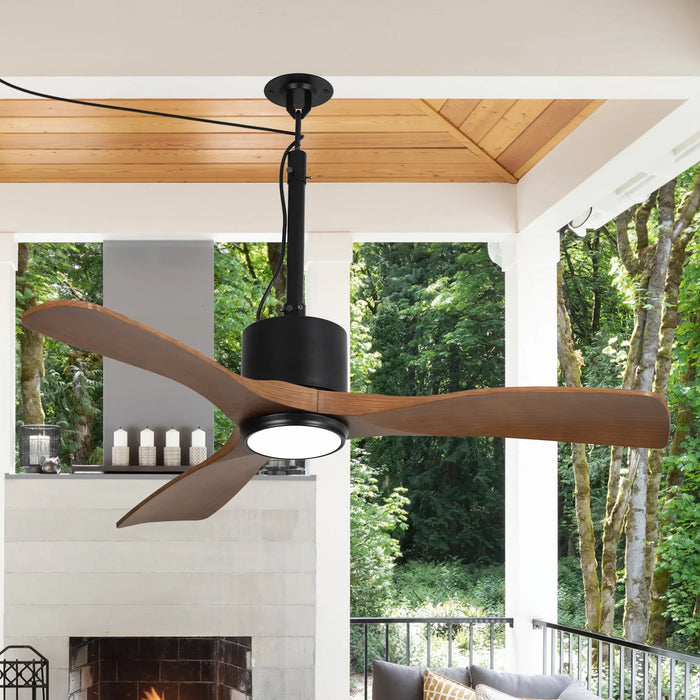
Step-by-Step: Choosing the Right Outdoor Ceiling Fan
Now that you understand the key differences between indoor and outdoor ceiling fans, let's walk through the process of selecting the perfect one for your outdoor space:
-
Assess Your Needs:
- Location: Is the fan going to be directly exposed to the elements, or will it be under a covered porch or patio? This will determine whether you need a wet-rated or damp-rated fan.
- Size: Choose a fan size that is appropriate for the size of your outdoor space. A general rule of thumb is to use a 52-inch fan for rooms up to 400 square feet, and a larger fan for larger spaces.
- Style: Select a fan that complements your outdoor décor. There are many styles to choose from, from traditional to contemporary.
- Features: Consider features such as remote control, lighting, and variable speed settings.
-
Research and Compare:
- Read reviews from other customers.
- Compare prices from different retailers.
- Check the manufacturer's warranty.
-
Look for Key Features:
- Wet or Damp Rating: Ensure the fan has the appropriate UL rating for your location.
- Sealed Motor: Look for a fan with a sealed motor to protect against moisture damage.
- All-Weather Blades: Choose blades made from ABS plastic, acrylic, or treated wood composites.
- Rust-Resistant Hardware: Ensure that all exposed hardware is made from stainless steel or other rust-resistant materials.
-
Installation:
- Hire a Qualified Electrician: Unless you are experienced with electrical work, it is always best to hire a qualified electrician to install your outdoor ceiling fan.
- Follow the Manufacturer's Instructions: Carefully follow the manufacturer's instructions to ensure proper installation.
- Grounding: Ensure that the fan is properly grounded.
Table 1: Indoor vs. Outdoor Ceiling Fan Comparison
| Feature | Indoor Ceiling Fan | Outdoor Ceiling Fan |
|---|---|---|
| Moisture Resistance | Limited | High |
| UL Rating | Usually none or "Dry Rated" | Damp or Wet Rated |
| Blade Material | Wood, MDF, plastic | ABS plastic, Acrylic, treated composites |
| Motor Enclosure | Open or partially enclosed | Sealed |
| Hardware | Steel, brass | Stainless steel, rust-resistant coatings |
| Primary Use | Dry, indoor environments | Outdoor patios, porches, decks |
| Lifespan | Shorter lifespan if exposed to moisture | Longer lifespan in outdoor environments |
| Safety | Can be dangerous outdoors, risk of electrical shock | Designed for safety in outdoor environments |
Table 2: Common Outdoor Ceiling Fan Materials and Their Benefits
| Material | Benefits |
|---|---|
| ABS Plastic | Durable, weather-resistant, lightweight, easy to clean |
| Acrylic | UV-resistant, weather-resistant, can be molded into various shapes |
| Treated Wood Composites | Offers the aesthetic appeal of wood with enhanced weather resistance |
| Stainless Steel | Rust-resistant, durable, long-lasting |
| Powder Coating | Provides a durable, weather-resistant finish, protects against corrosion |
Table 3: Troubleshooting Common Outdoor Ceiling Fan Issues
| Issue | Possible Cause | Solution |
|---|---|---|
| Fan won't turn on | Power outage, tripped breaker, loose wiring | Check power supply, reset breaker, inspect wiring (call an electrician if needed) |
| Fan is wobbly | Unbalanced blades, loose screws | Balance blades with a balancing kit, tighten all screws |
| Fan is noisy | Loose screws, motor issues | Tighten screws, lubricate motor (if applicable), consider replacing motor if noise persists |
| Fan is not moving air well | Wrong blade direction, obstructions | Reverse blade direction (for winter use), remove any obstructions around the fan |
| Remote control not working | Dead batteries, signal interference | Replace batteries, ensure remote is within range, check for interference from other devices |
Table 4: UL Rating Guide for Outdoor Ceiling Fans
| UL Rating | Description | Suitable Locations |
|---|---|---|
| Wet Rated | Designed for direct exposure to water; can withstand rain, snow, and other elements. | Uncovered patios, decks, gazebos, areas directly exposed to the elements. |
| Damp Rated | Designed for damp, but not directly wet, locations; can withstand humidity and moisture. | Covered patios, porches, balconies, areas protected from direct rainfall. |
| Dry Rated | Designed for indoor use only; not suitable for any outdoor environment. | Indoors only – living rooms, bedrooms, kitchens, etc. |
Effective Strategies for Maximizing Outdoor Fan Benefits
- Strategic Placement: Position the fan in a location that maximizes airflow and provides the most comfortable breeze for your outdoor seating area.
- Speed Control: Use the variable speed settings to adjust the airflow based on the weather conditions and your personal preferences.
- Lighting Integration: Choose a fan with integrated lighting to provide both cooling and illumination for your outdoor space.
- Regular Maintenance: Clean the fan blades and motor regularly to ensure optimal performance and prevent dust buildup.
- Smart Home Integration: Consider a smart ceiling fan that can be controlled with your smartphone or voice assistant.
Tips and Tricks for Prolonging Fan Life
- Winter Storage: If you live in an area with harsh winters, consider removing the fan blades and storing them indoors to protect them from the elements.
- Blade Cleaning: Use a mild detergent and a soft cloth to clean the fan blades regularly. Avoid using abrasive cleaners, which can damage the finish.
- Motor Lubrication: Some fan motors require periodic lubrication. Check the manufacturer's instructions for specific recommendations.
- Professional Inspection: Have a qualified electrician inspect your outdoor ceiling fan periodically to ensure that it is in good working condition and that all electrical connections are secure.
Common Mistakes to Avoid
- Using an indoor fan outdoors: As we've emphasized throughout this guide, this is a major mistake that can lead to safety hazards and premature failure.
- Ignoring the UL rating: Make sure to choose a fan with the appropriate UL rating for your location.
- Improper installation: Improper installation can compromise the fan's safety and performance. Always hire a qualified electrician or follow the manufacturer's instructions carefully.
- Neglecting maintenance: Regular maintenance is essential for prolonging the fan's lifespan.
- Overlooking blade balance: Unbalanced blades can cause the fan to wobble and become noisy.
Why Outdoor Ceiling Fans Matter and How They Benefit You
Outdoor ceiling fans are more than just a luxury; they are a valuable addition to any outdoor living space. Here's why they matter:
- Comfort: They provide a refreshing breeze that makes outdoor spaces more comfortable, especially during hot weather.
- Insect Repellent: The circulating air can help to deter mosquitoes and other flying insects.
- Energy Efficiency: They can help to reduce your reliance on air conditioning by providing a comfortable breeze that makes it easier to enjoy your outdoor spaces.
- Aesthetic Appeal: They can add a touch of style and sophistication to your outdoor décor.
- Increased Property Value: A well-designed and functional outdoor space can increase the value of your home.
Pros and Cons of Outdoor Ceiling Fans
Pros:
- Enhanced comfort in outdoor spaces.
- Effective insect repellent.
- Energy savings by reducing reliance on air conditioning.
- Aesthetic enhancement of outdoor areas.
- Potential increase in property value.
Cons:
- Higher initial cost compared to indoor fans.
- Requires professional installation.
- Regular maintenance is necessary.
- Can be affected by strong winds.
Market Insights: The Growing Demand for Outdoor Living
The market for outdoor living products, including ceiling fans, is booming. According to a report by Freedonia Group, the outdoor living market is projected to reach $40 billion by 2025, driven by increasing consumer demand for outdoor entertainment spaces and a growing awareness of the health benefits of spending time outdoors. This growth is fueled by several factors, including:
- Increased Homeownership: As more people become homeowners, they are investing in their outdoor spaces.
- Aging Population: An aging population is seeking ways to enjoy the outdoors in comfort.
- Rising Disposable Incomes: Rising disposable incomes are allowing consumers to spend more on outdoor living products.
- Pandemic-Related Shifts: The COVID-19 pandemic has accelerated the trend towards outdoor living, as people seek safe and comfortable ways to socialize and entertain outdoors.
Current Status and What We Can Do
Currently, the market is flooded with both high-quality and low-quality outdoor ceiling fans. Consumers need to be educated on the key differences and how to choose the right fan for their needs.
What We Can Do:
- Promote Education: Provide consumers with clear and concise information about the benefits of outdoor ceiling fans and the key features to look for.
- Offer High-Quality Products: Manufacturers should focus on producing high-quality, durable outdoor ceiling fans that are built to last.
- Provide Excellent Customer Service: Retailers should offer excellent customer service to help consumers choose the right fan and ensure proper installation.
- Embrace Innovation: Continue to innovate and develop new and improved outdoor ceiling fan technologies.
Future Trending and How to Improve
The future of outdoor ceiling fans will likely be shaped by several key trends:
- Smart Home Integration: More and more outdoor ceiling fans will be integrated with smart home systems, allowing users to control them with their smartphones or voice assistants.
- Energy Efficiency: Manufacturers will continue to focus on developing more energy-efficient outdoor ceiling fans.
- Improved Durability: New materials and technologies will be used to create even more durable and weather-resistant outdoor ceiling fans.
- Customization: Consumers will have more options for customizing their outdoor ceiling fans to match their specific style and needs.
How to Improve:
- Invest in Research and Development: Manufacturers should invest in research and development to develop new and improved outdoor ceiling fan technologies.
- Partner with Smart Home Companies: Partner with smart home companies to integrate outdoor ceiling fans with popular smart home platforms.
- Focus on Sustainability: Use sustainable materials and manufacturing processes to reduce the environmental impact of outdoor ceiling fans.
- Gather Customer Feedback: Continuously gather customer feedback to identify areas for improvement.
Case Detail to Compare: The Coastal Breeze vs. The Budget Breeze
Case 1: A Rhine Outdoor(High-End)
- Brand: Parrot Uncle
- Features: Wet Rated, stainless steel hardware, ABS plastic blades, sealed motor, remote control.
- Price: $350
- Customer Review: "This fan is amazing! It's been installed on my uncovered patio for three years and still looks brand new. It's quiet, powerful, and the remote control is very convenient."
Case 2: B (Low-End)
- Brand: Unknown
- Model: Generic Outdoor Fan
- Features: Damp Rated (questionable), steel hardware, plastic blades, partially enclosed motor, pull chain.
- Price: $100
- Customer Review: "This fan looked great at first, but after only one season, the blades started to warp, and the motor became noisy. I suspect it wasn't truly damp rated as claimed."
Comparison: The A is a much better investment in the long run. While it costs more upfront, it is built to last and will provide years of reliable performance. The B, on the other hand, is likely to fail prematurely and may even pose a safety hazard.
FAQs: Addressing Your Burning Questions
-
Can I use an indoor ceiling fan on a covered porch?
It depends. If the porch is well-protected from rain and moisture, a damp-rated fan might be sufficient. However, if there's a chance of direct water exposure, a wet-rated fan is essential. Always prioritize safety.
-
How do I clean my outdoor ceiling fan?
Use a mild detergent and a soft cloth to wipe down the blades and motor housing. Avoid using harsh chemicals or abrasive cleaners.
-
What size ceiling fan do I need for my patio?
A general guideline is to use a 52-inch fan for patios up to 400 square feet, a 56-inch fan for patios up to 625 square feet, and a 60-inch fan or larger for larger spaces.
-
How high should I hang my outdoor ceiling fan?
The blades should be at least 7 feet above the ground. If the ceiling is lower than 8 feet, you may need to use a flush-mount fan.
-
Can I install an outdoor ceiling fan myself?
If you are comfortable with electrical work and have the necessary skills, you can install an outdoor ceiling fan yourself. However, it is always best to hire a qualified electrician to ensure proper installation and safety.
-
How do I choose the right blade material for my outdoor ceiling fan?
ABS plastic, acrylic, and treated wood composites are all good choices for outdoor ceiling fan blades. Consider the style of your outdoor space and the level of weather resistance you need when making your selection.
-
What does "UL Listed" mean?
"UL Listed" means that Underwriters Laboratories (UL) has tested a representative sample of the product and determined that it meets UL's requirements for safety. UL is a globally recognized safety certification organization.
-
My outdoor ceiling fan is wobbling. What should I do?
Try balancing the blades with a balancing kit. If that doesn't work, check to make sure all screws are tight. If the wobbling persists, you may need to replace the fan.

